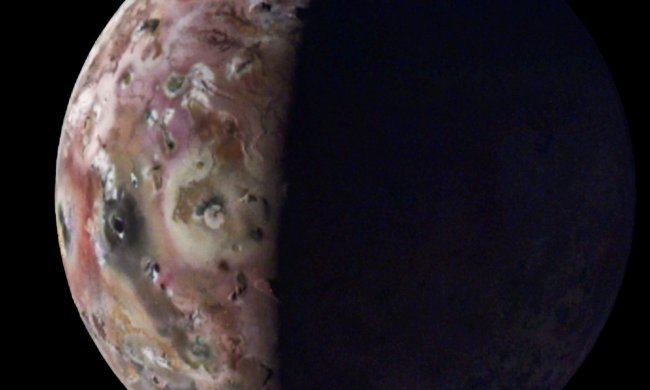NASA has released a stunning image of the planet Jupiter, captured by its Juno mission. This particular image was created by a member of the public, Andrea Luck, who used the publicly available raw data from the JunoCam instrument to process the image.

This magnificent image shows Jupiter in all its glory. It was taken on January 12, 2022, during the spacecraft’s 39th flyby of the planet. Juno was launched in 2011 and has been in orbit around Jupiter since 2016, and in that time it has been studying the planet’s composition and gravitational and magnetic fields.
Looking closely at this image reveals two special guests: Two of Jupiter’s moons, Io and Europa. They are two of the best-known of Jupiter’s moons, which total at least 80, as they are among the largest (along with Ganymede and Callisto).

“At the time this image was taken, the Juno spacecraft was about 38,000 miles (61,000 kilometers) from Jupiter’s cloud tops, at a latitude of about 52 degrees south,” NASA writes. The image is also notable for how it was processed, NASA says: “Citizen scientist Andrea Luck created the image using raw data from the JunoCam instrument.”
We’ve previously interviewed an engineer who processes many of the Juno images, Kevin Gill, who told us about how he overlays the filtered images captured by the JunoCam camera in red, green, and blue to create a true-color image. Sometimes he uses specialty software for tricky tasks like processing images from other missions. But for processing images from Juno, he uses commercially available software like Adobe Photoshop, and he also makes his processing pipeline publicly available through Github.
That means that anyone can try their hand at processing Juno data. If you’re interested in trying this out yourself, you can find the raw data and images at the Juno mission website. Or if you’d like to help out with other citizen science projects for NASA, you can head to the NASA citizen science projects site or the citizen science opportunities page.



